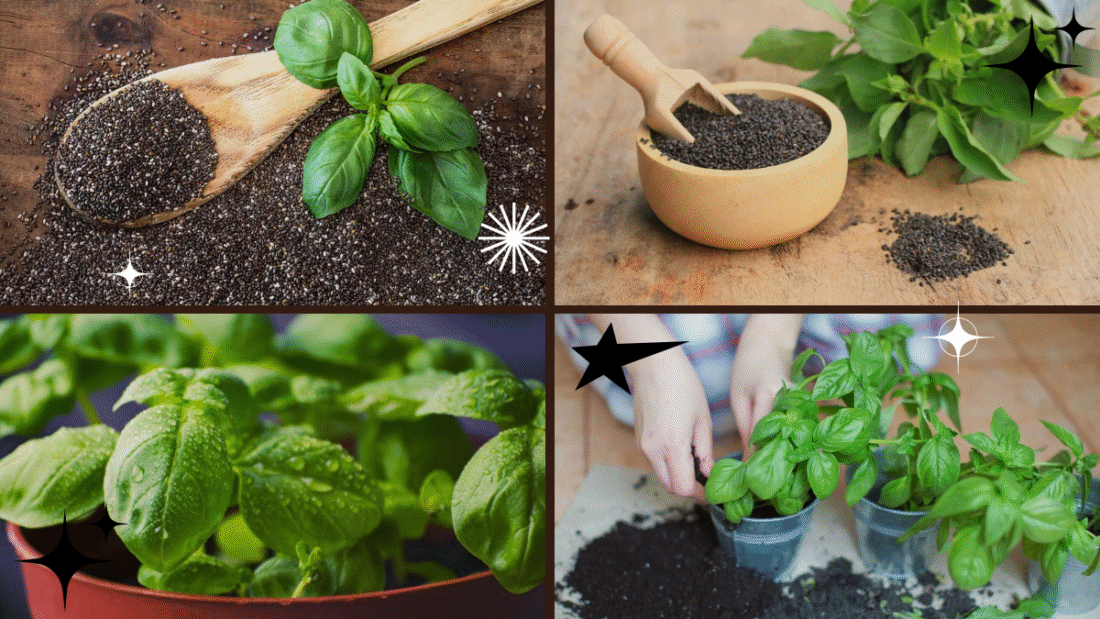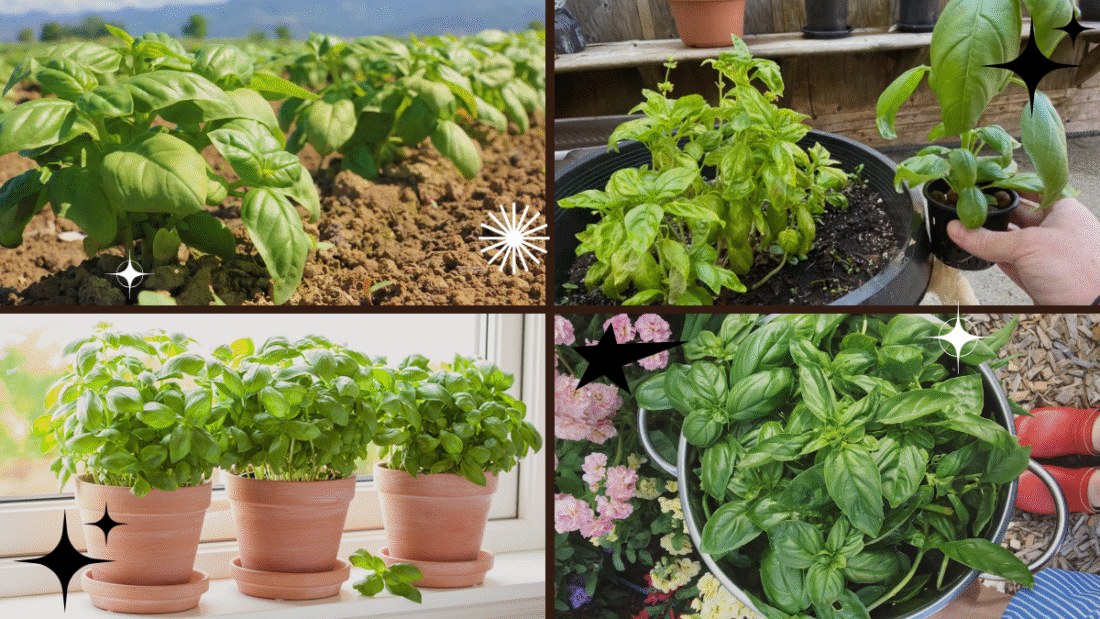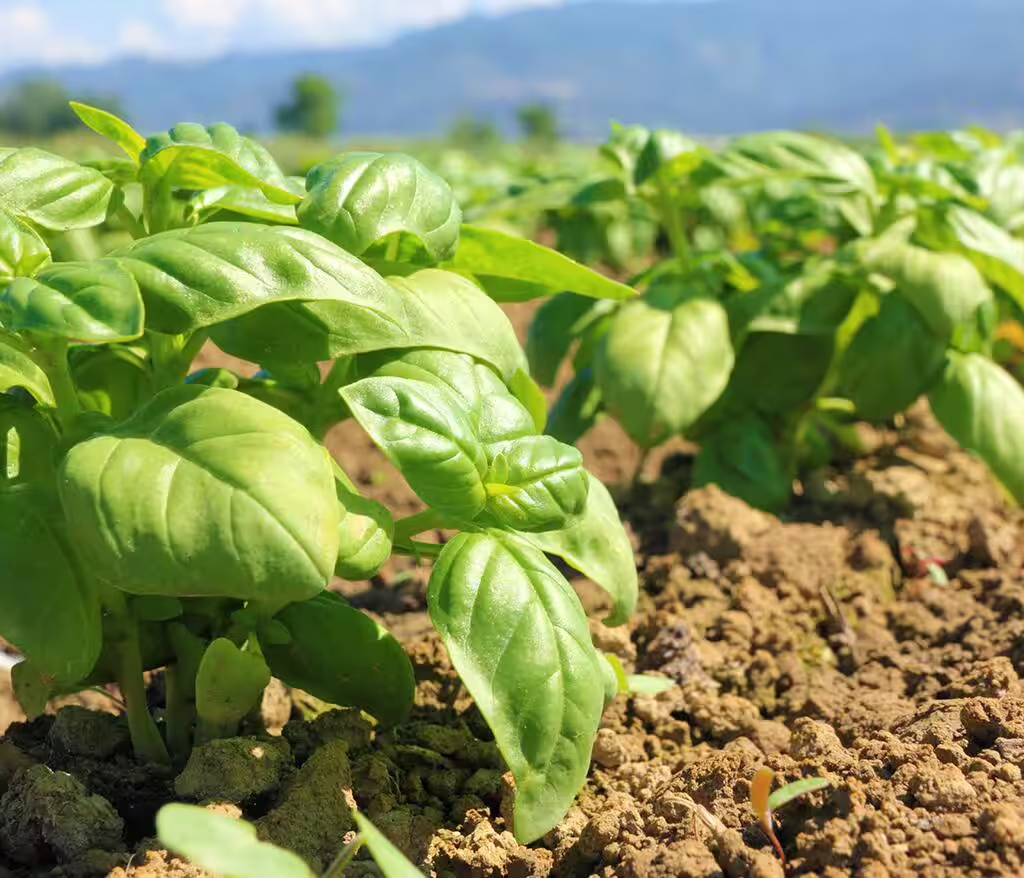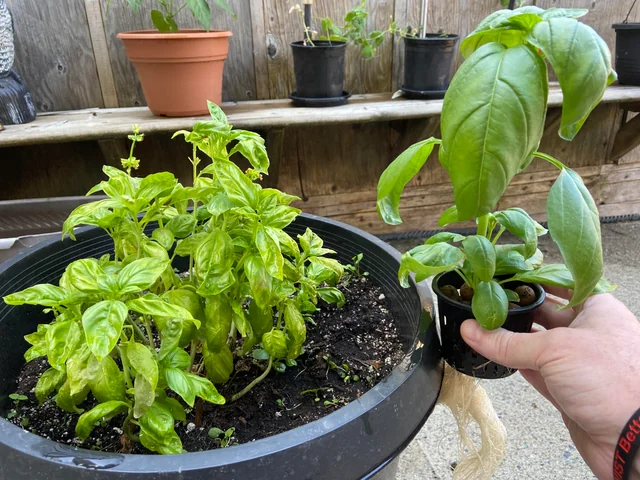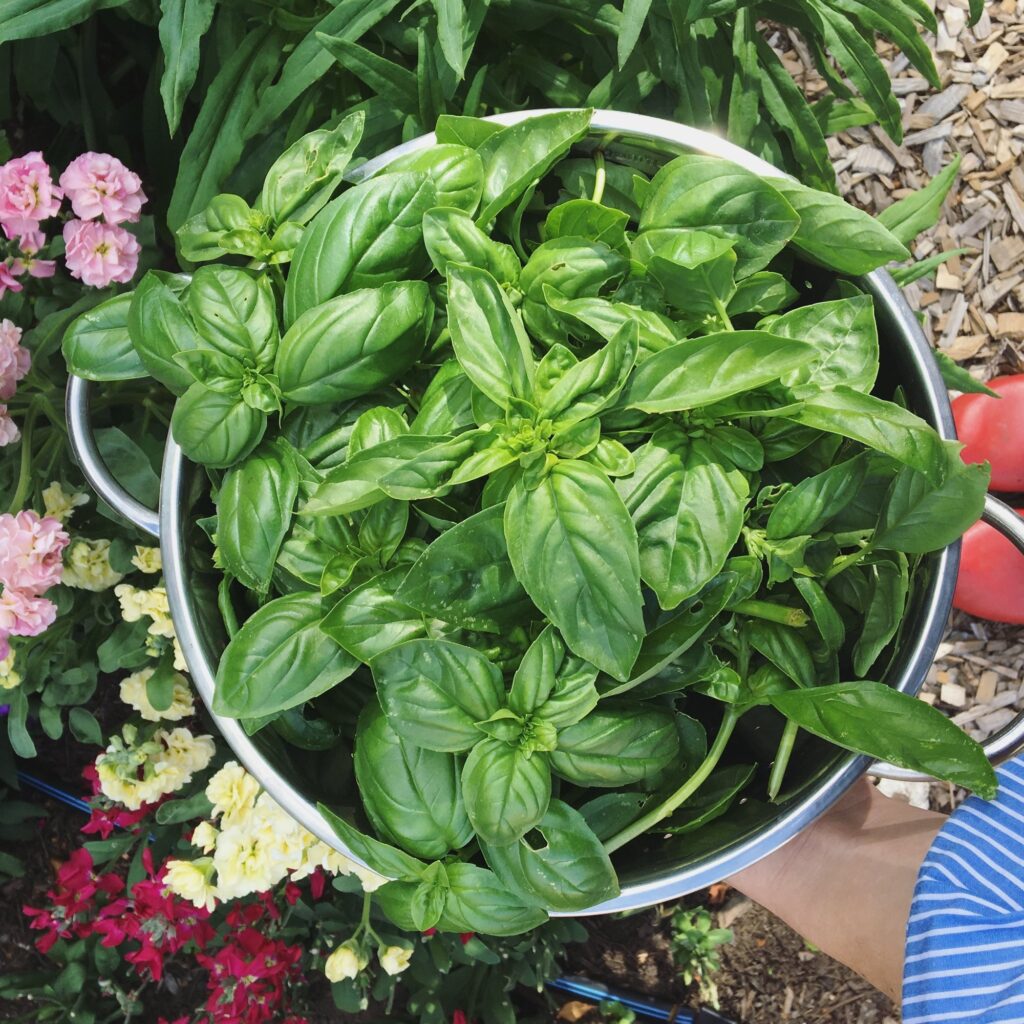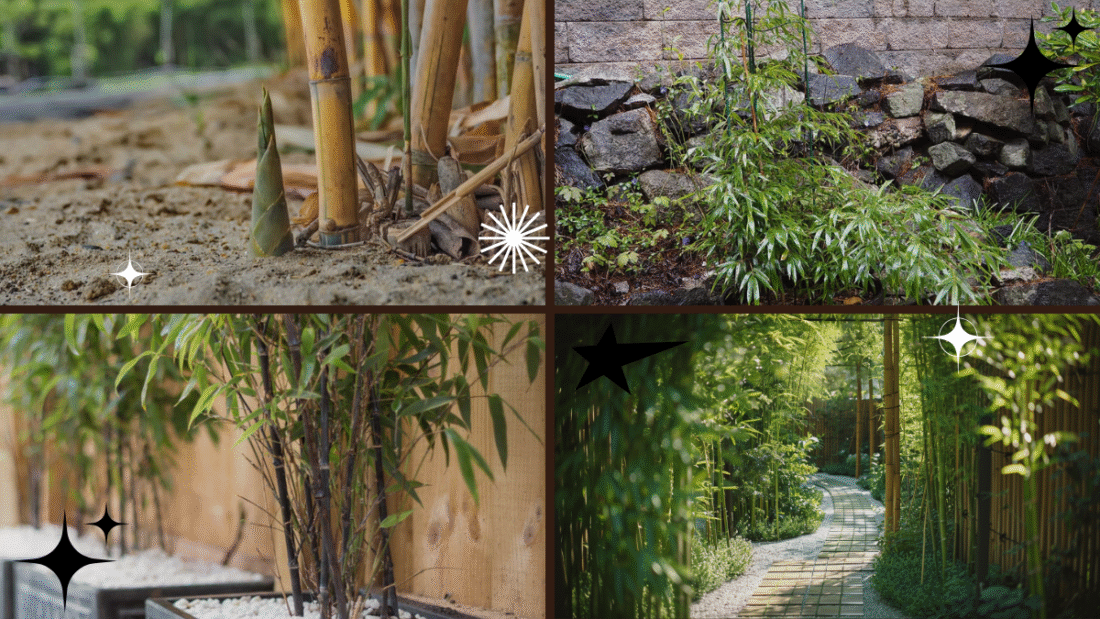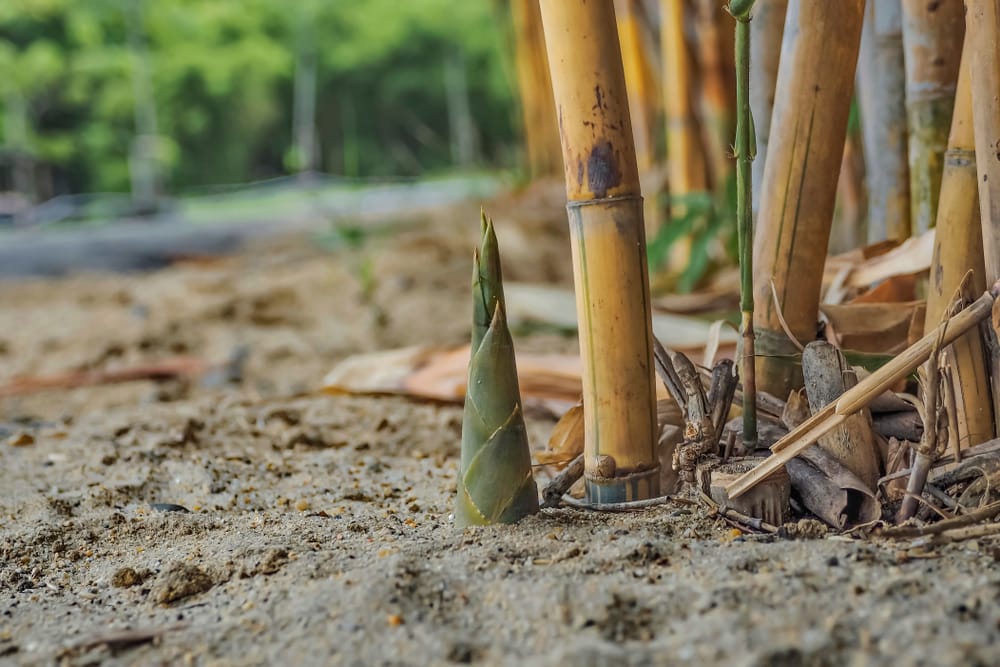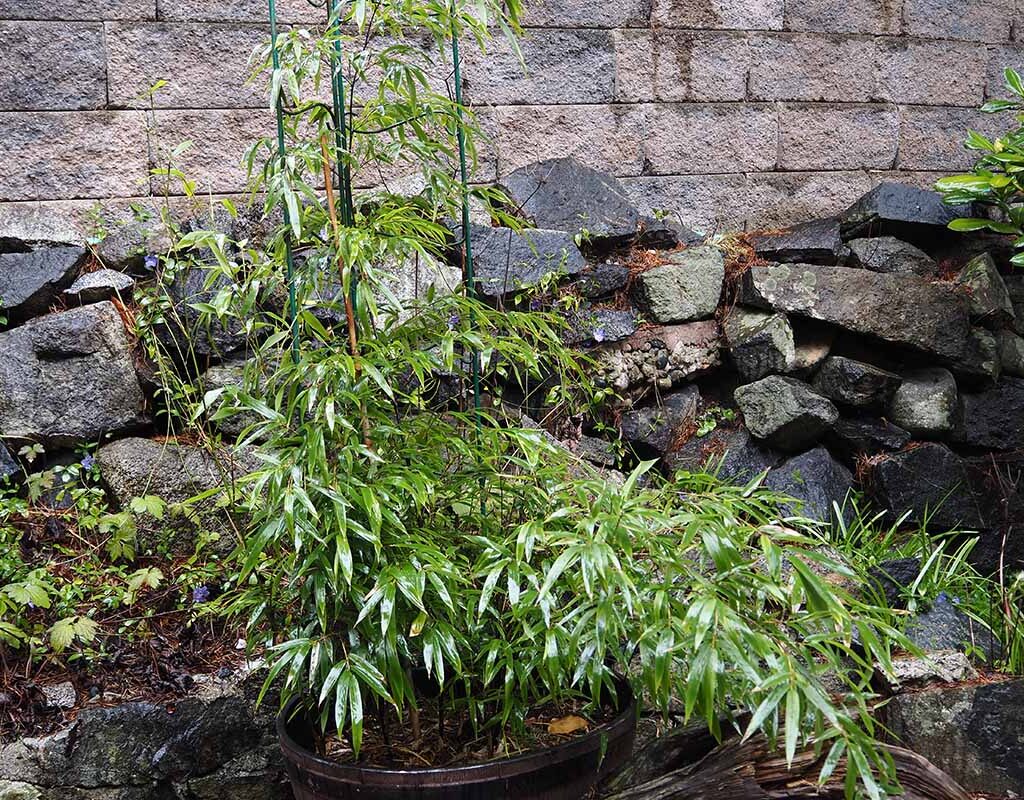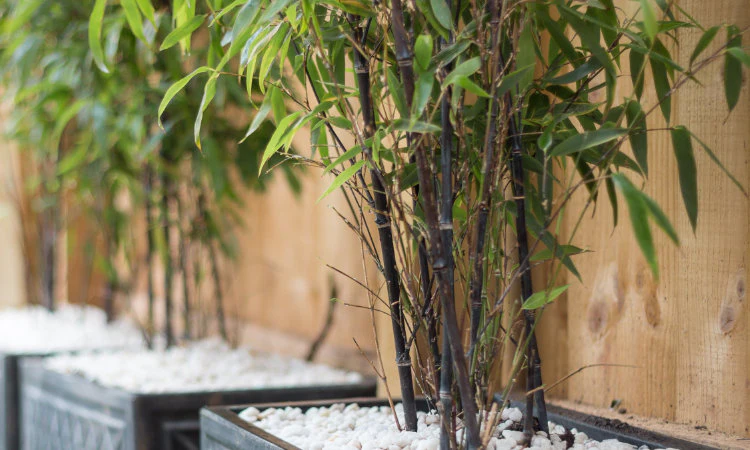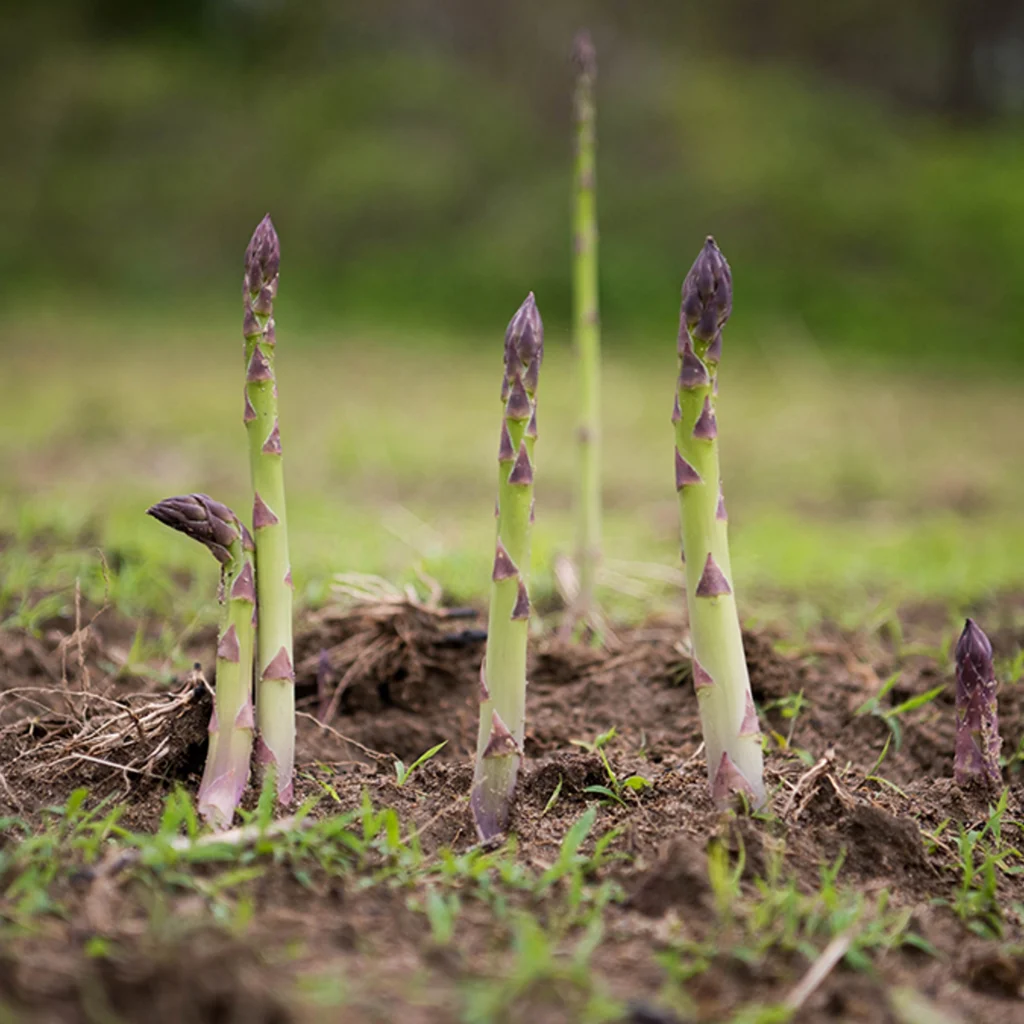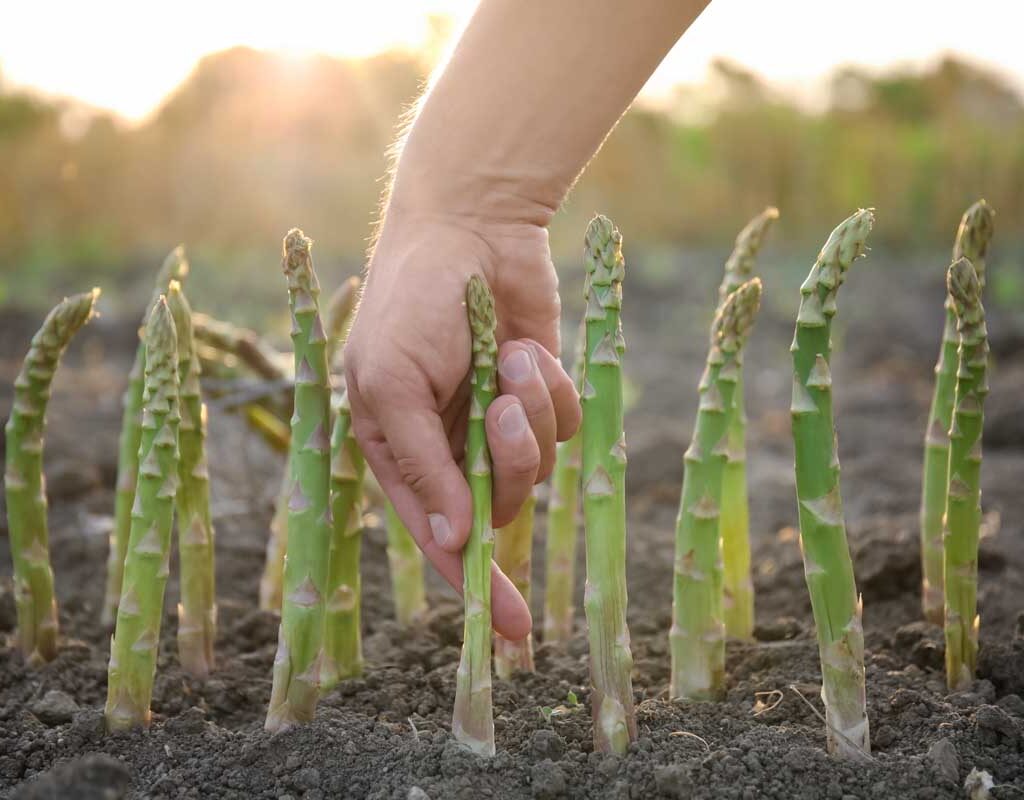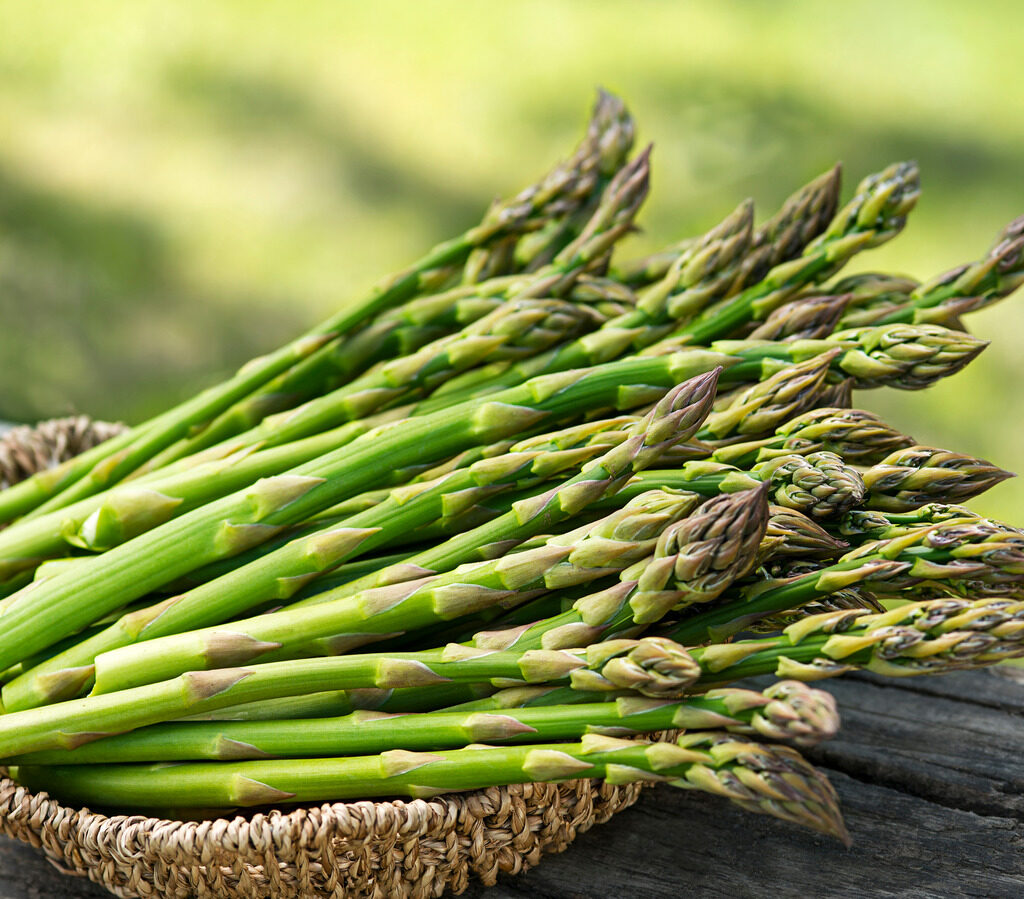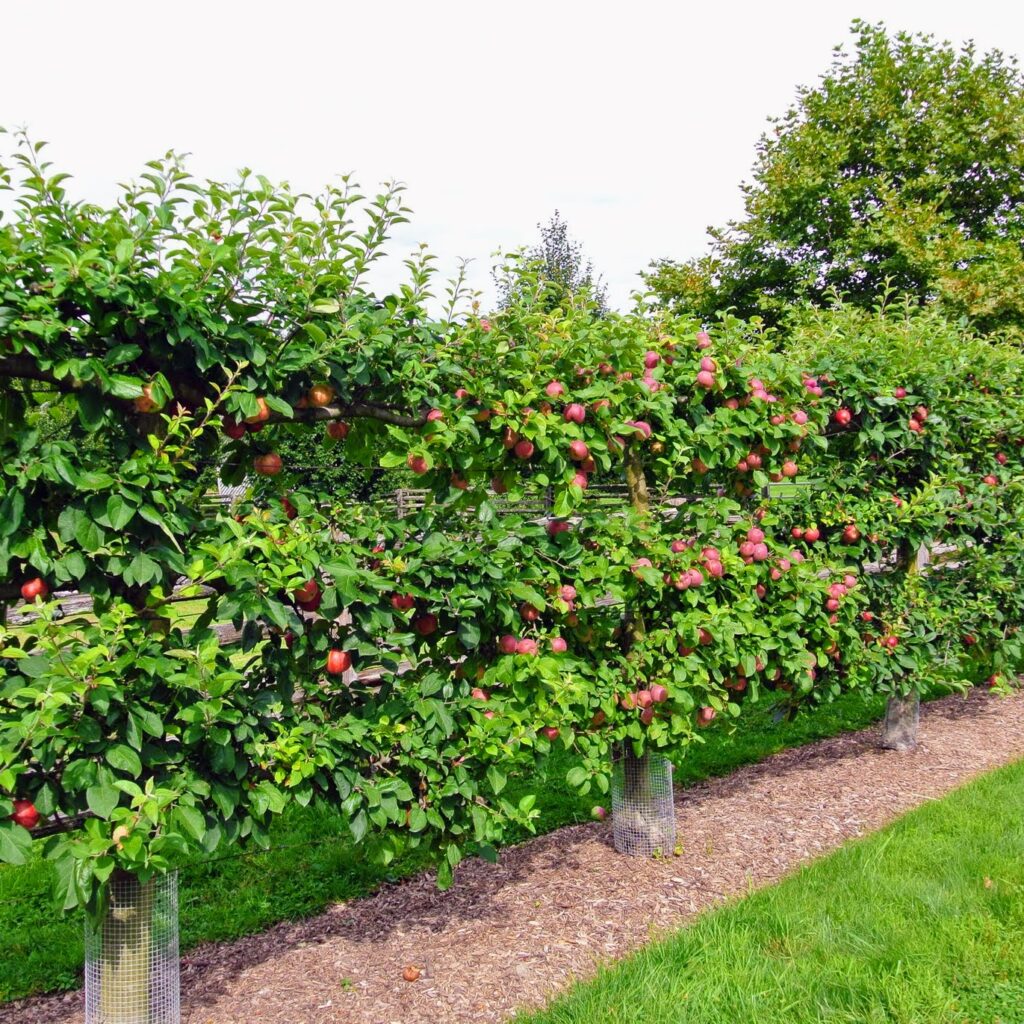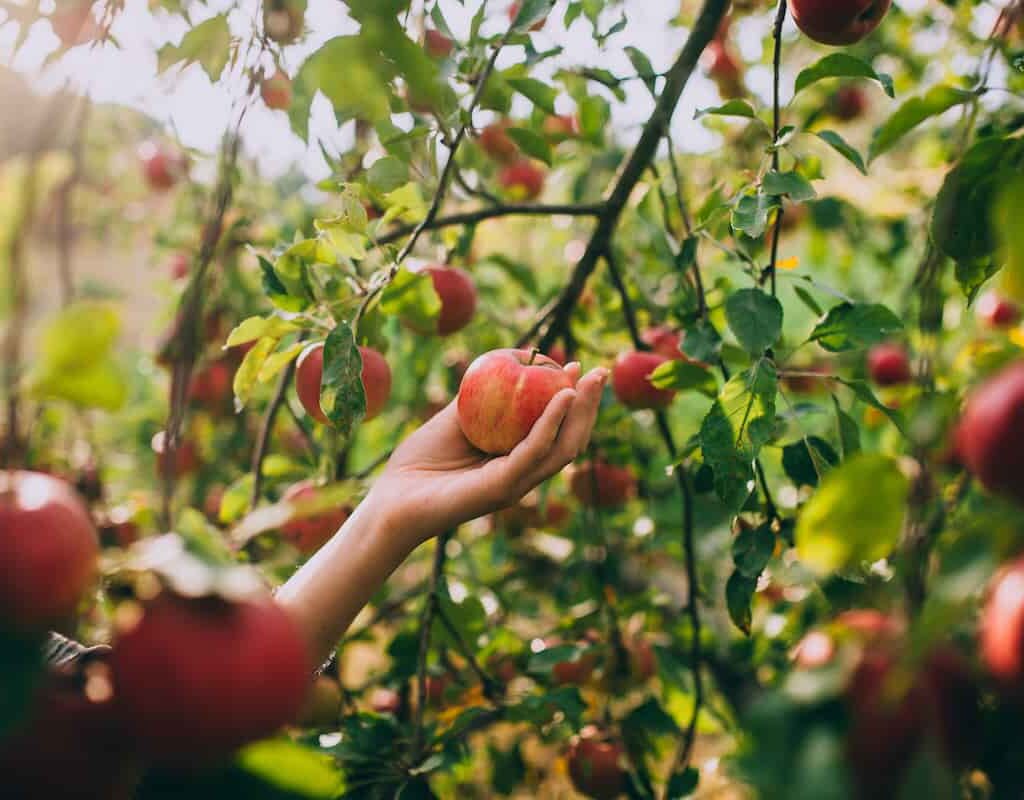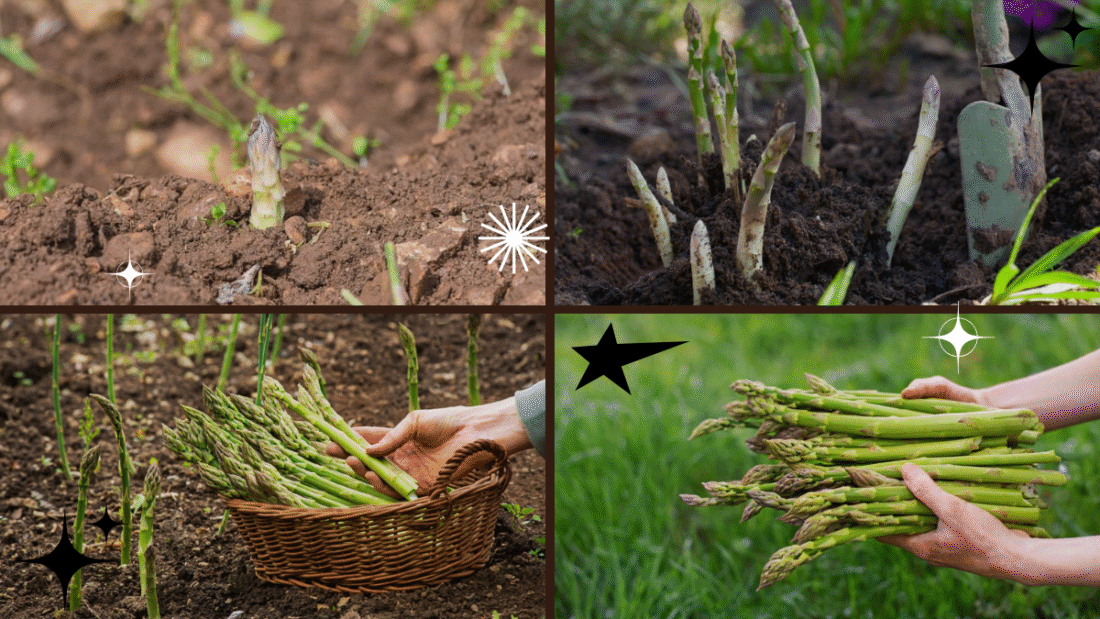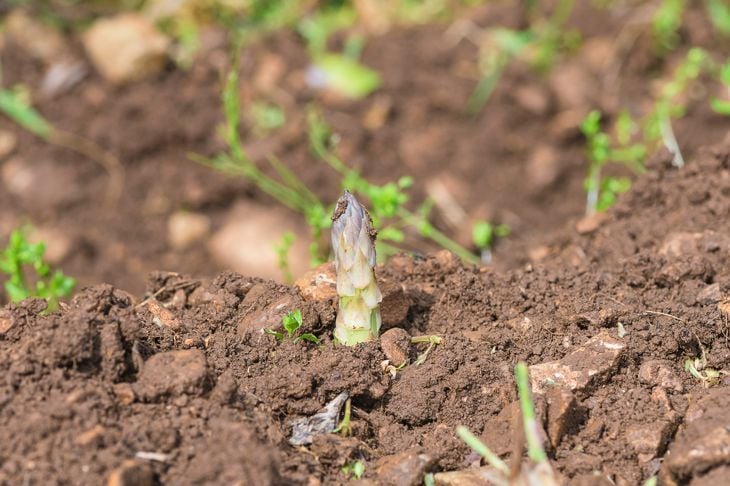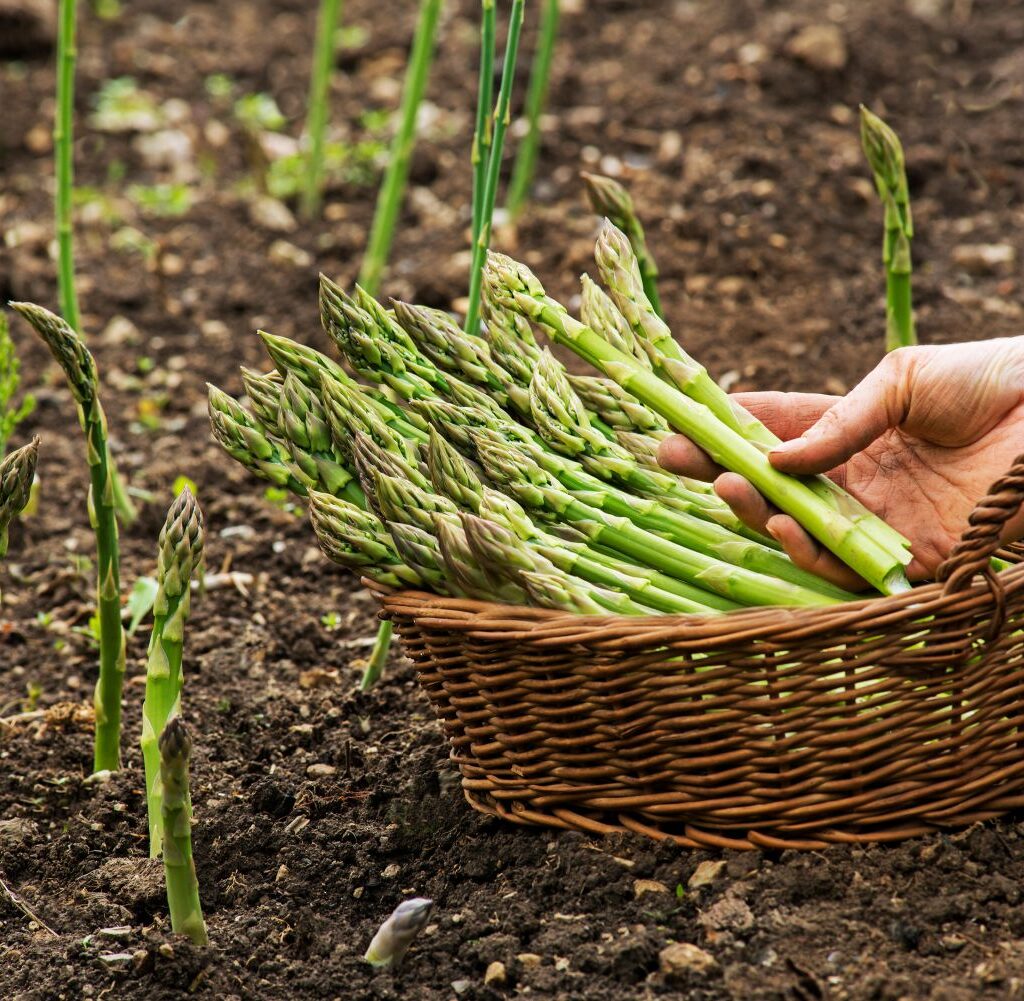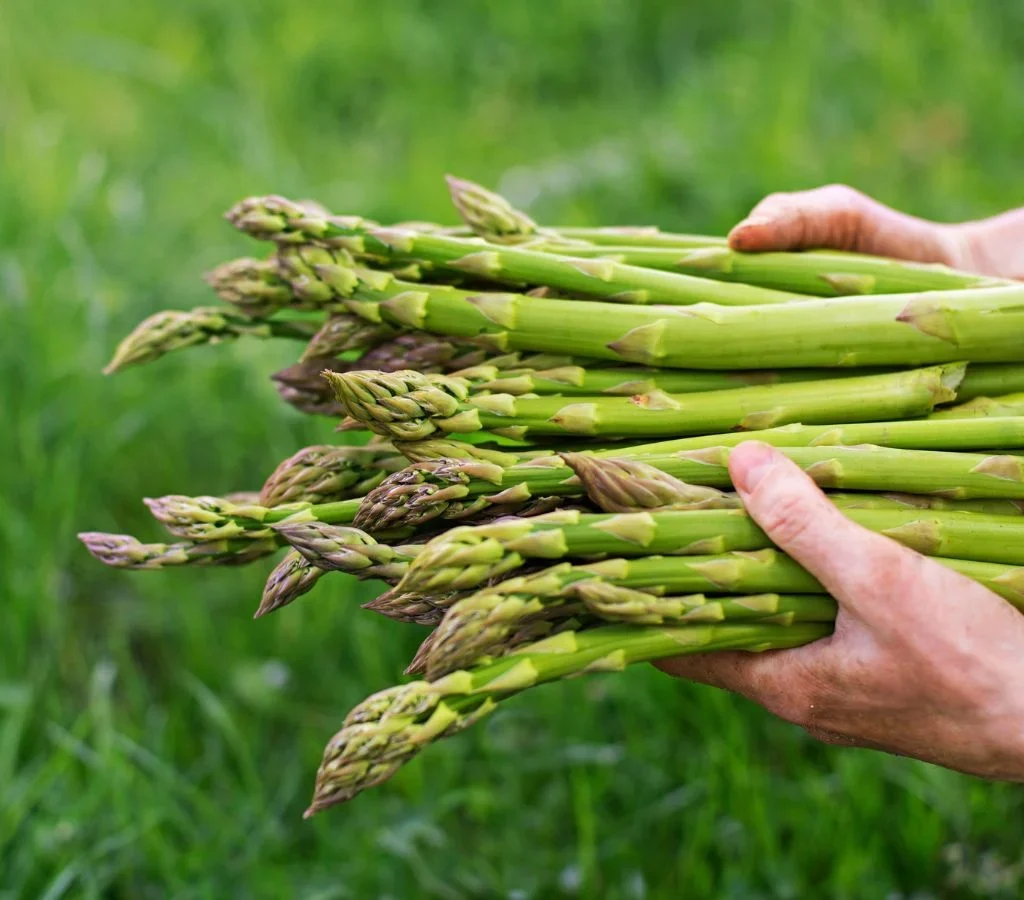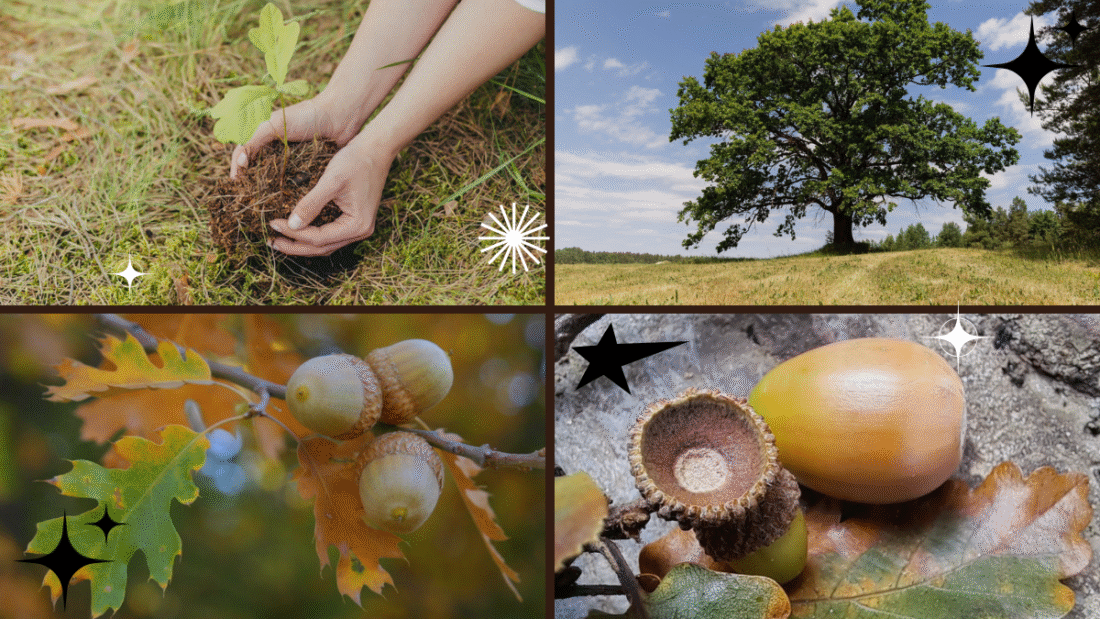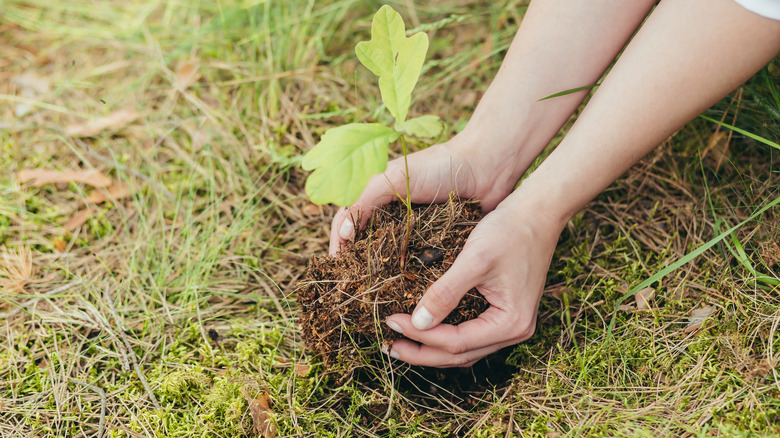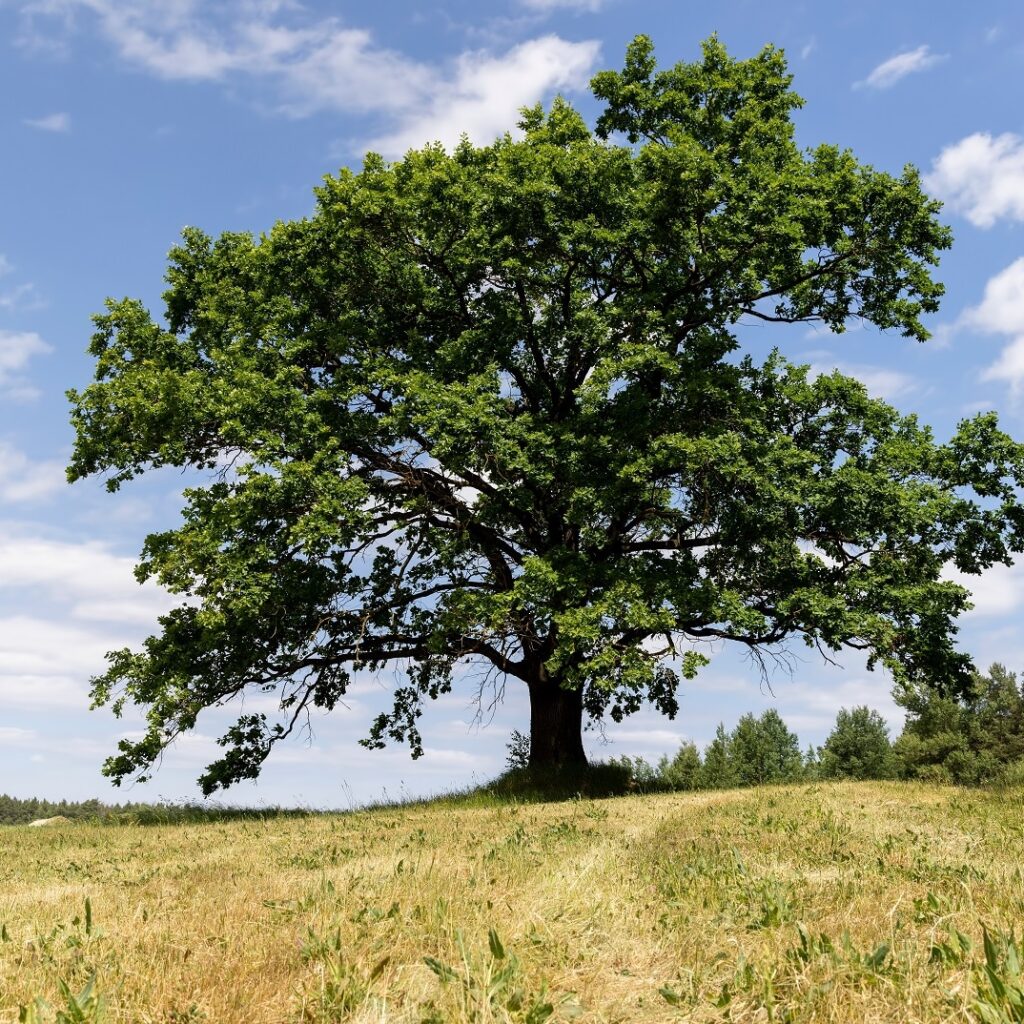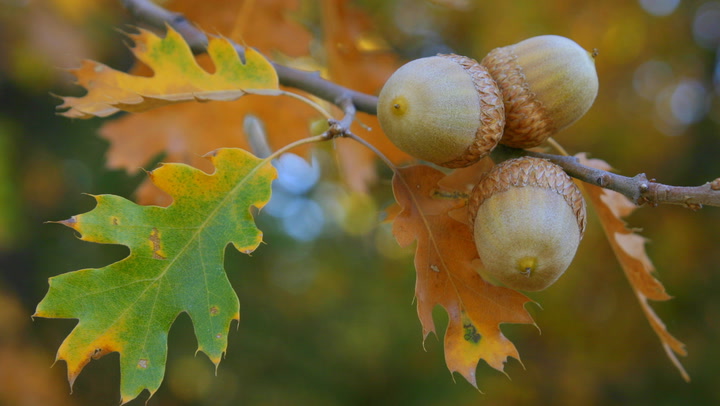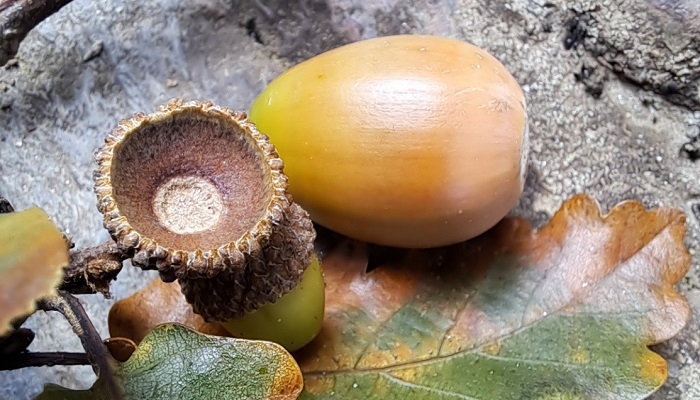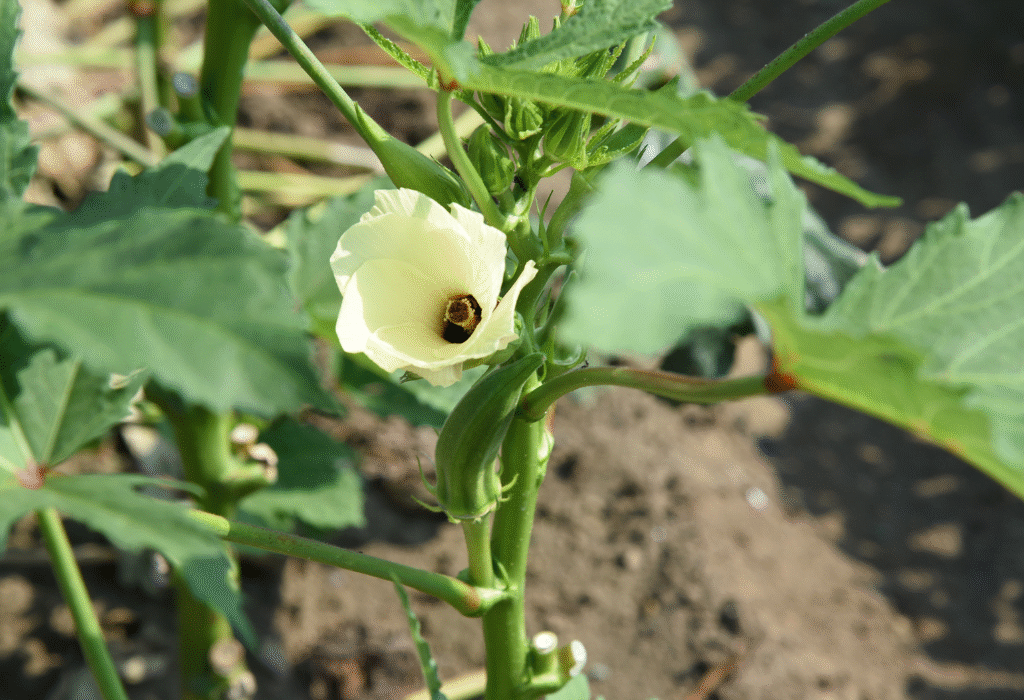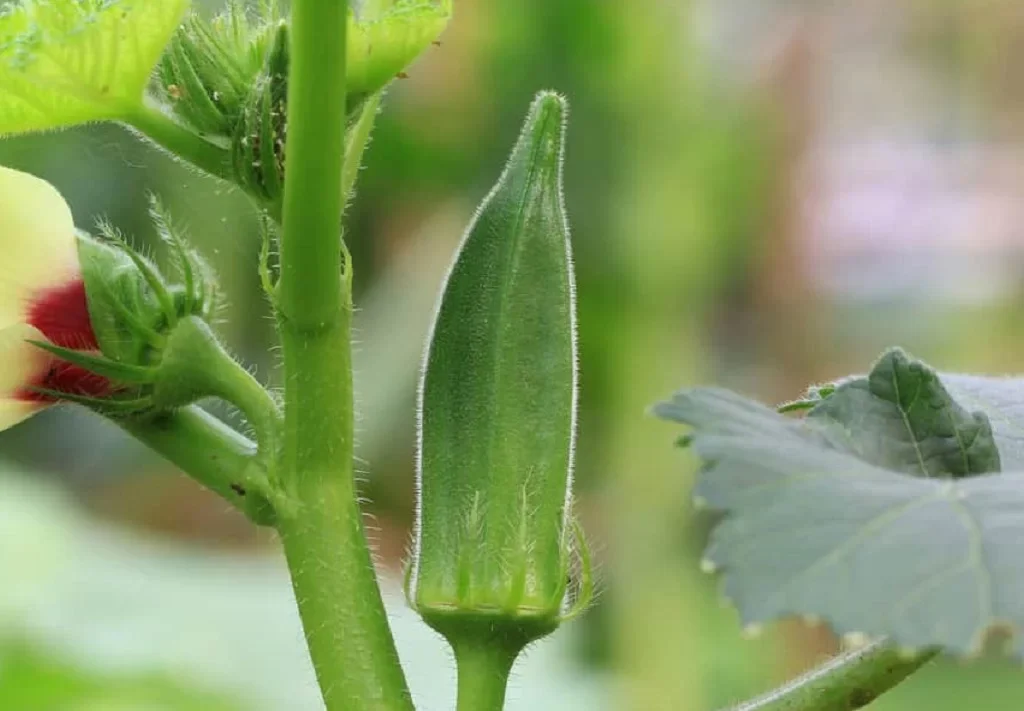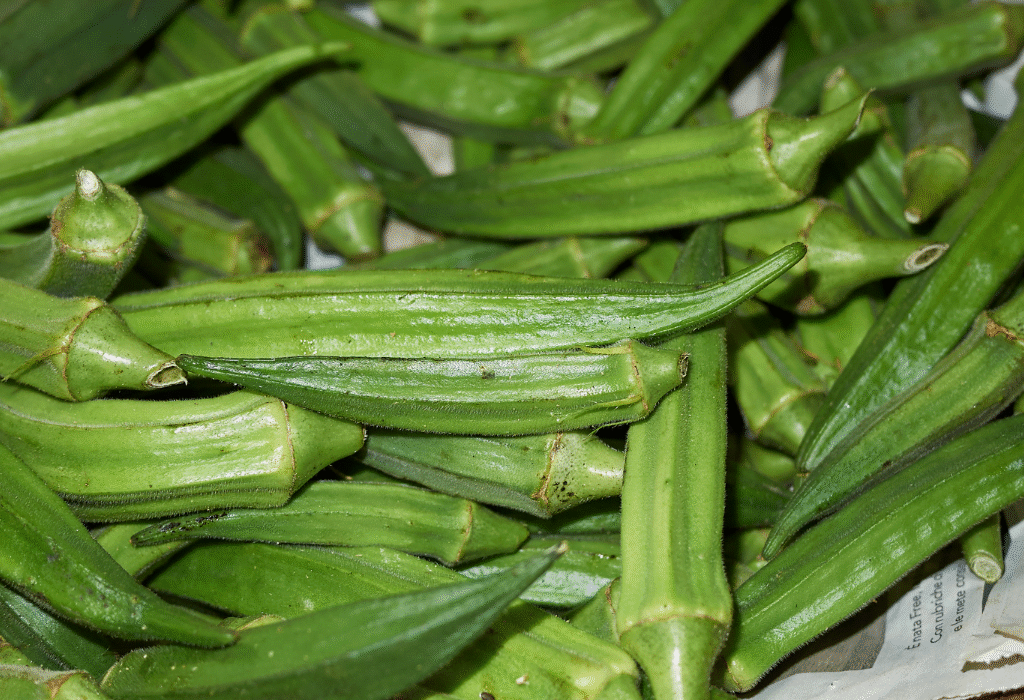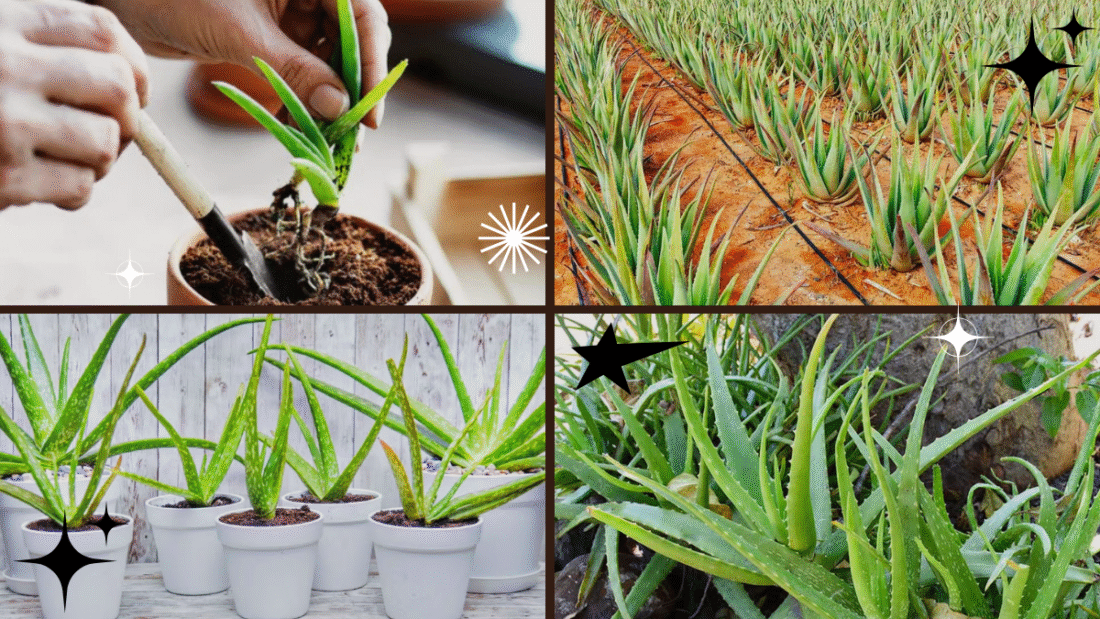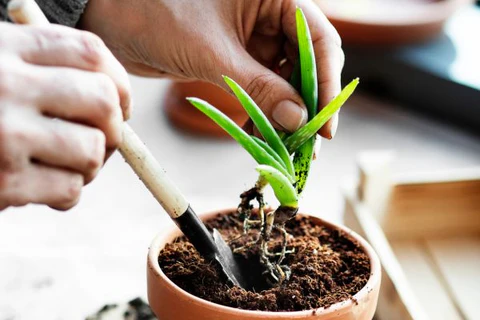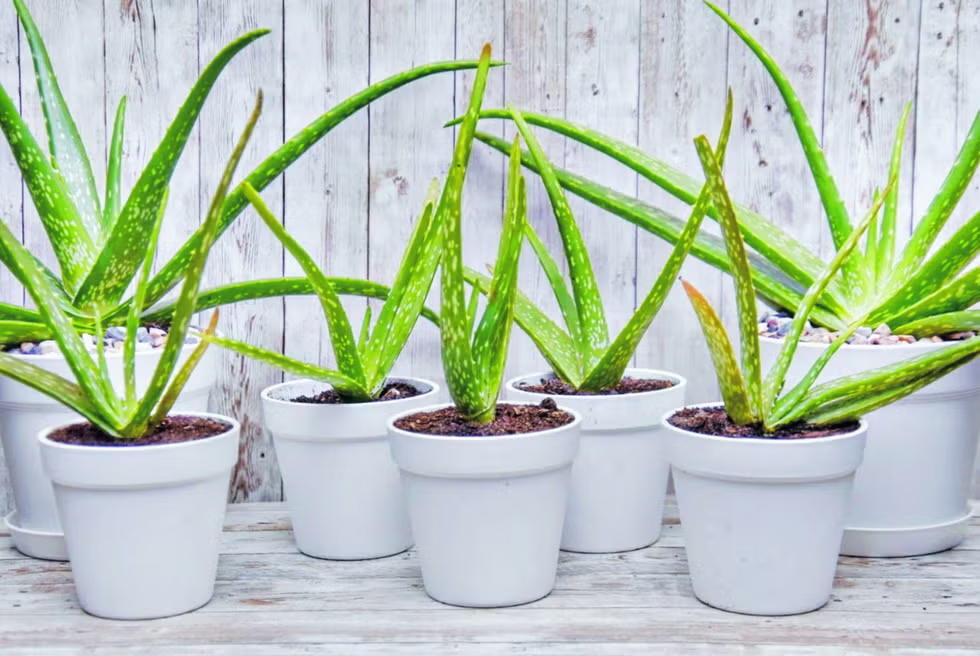If you’re dreaming of a lush kitchen garden filled with fresh, aromatic herbs, basil should be at the top of your list. Renowned for its sweet, peppery fragrance and versatility in countless dishes — from Italian pastas to Thai stir-fries — basil is one of the easiest and most rewarding herbs to grow. And the best way to start? By planting it from seed!
In this beginner’s guide, we’ll walk you through everything you need to know to successfully plant basil seeds and nurture them into flourishing, fragrant plants right in your home or garden.

Why Grow Basil from Seeds?
While it’s tempting to buy young plants from a nursery, starting basil from seed has some major perks:
- More variety choices: From classic Genovese to spicy Thai or lemony basil.
- Cost-effective: A packet of seeds costs less than a single plant.
- Stronger plants: Basil grown from seed in your environment often adapts better than store-bought plants.
- Continuous harvests: Stagger your plantings for fresh basil all season long.
Plus, there’s a special satisfaction in watching your herbs sprout, grow, and end up on your dinner plate.

Popular Basil Varieties to Plant
Before you start sowing, pick a variety that suits your culinary tastes and gardening goals:
| Variety | Flavor Profile | Best For |
|---|---|---|
| Genovese Basil | Sweet, rich, classic | Italian dishes, pesto |
| Thai Basil | Spicy, anise-like | Thai and Vietnamese recipes |
| Lemon Basil | Citrusy, fresh | Teas, desserts, seafood |
| Purple Basil | Mild, slightly clove-like | Colorful garnishes, salads |
| Cinnamon Basil | Warm, spicy-sweet | Fruit dishes, herbal teas |

Best Time and Place to Plant Basil Seeds
Basil loves warmth. So, you’ll need to time your planting carefully:
- Outdoors: After the last frost date in your area when temperatures consistently stay above 50°F (10°C).
- Indoors: Anytime you can provide warmth and sunlight (perfect for kitchen windowsills or balconies).
Sunlight Requirements:
Basil thrives in 6–8 hours of direct sunlight per day.
Soil Preferences:
Well-draining, nutrient-rich soil with a pH between 6.0 and 7.5. A light, loamy potting mix works great in containers.
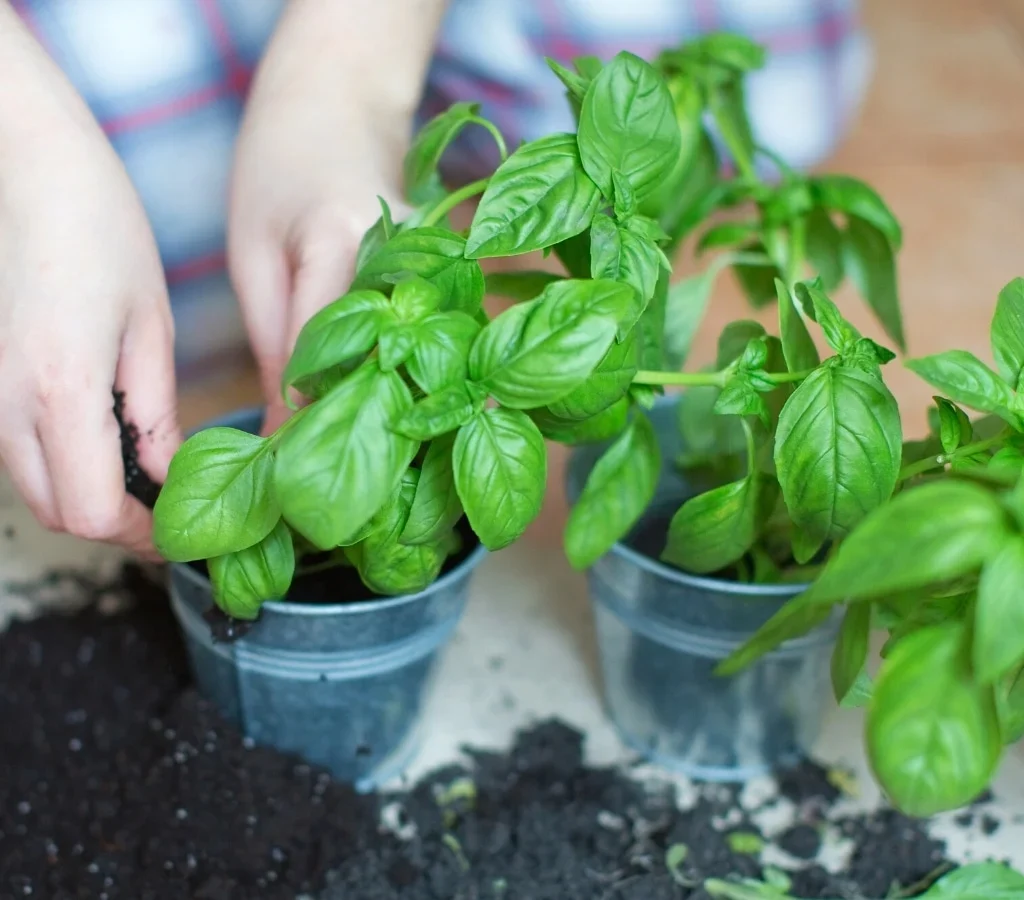
Supplies You’ll Need
Starting basil from seed doesn’t require complicated tools. Here’s what you’ll need:
- Basil seeds (your preferred variety)
- Seed-starting mix or light potting soil
- Small pots, seed trays, or containers with drainage
- A spray bottle for misting
- Clear plastic wrap or a seed tray cover (optional)
- Grow lights (optional for indoor growing)
How to Plant Basil Seeds: Step-by-Step Guide
1️⃣ Prepare the Soil
Fill your seed tray, small pots, or containers with moist, well-draining seed-starting mix. Avoid compacting the soil — it should be light and airy to encourage root development.
2️⃣ Sow the Seeds
- Scatter 2–3 seeds per cell or pot, or lightly sprinkle seeds across a tray surface.
- Cover seeds with a very thin layer (about ¼ inch) of soil or vermiculite.
- Gently press down to ensure good seed-to-soil contact.
3️⃣ Water Gently
Use a spray bottle to mist the soil lightly. Keep the surface moist but not soggy. Avoid heavy watering which can wash away tiny seeds.
4️⃣ Provide Warmth and Light
Basil seeds germinate best at 70–75°F (21–24°C).
- Indoors: Place trays in a warm, sunny window or under grow lights.
- Outdoors: Wait until temperatures are reliably warm.
Optional Tip:
Cover your tray or pots with clear plastic wrap to create a greenhouse effect and retain moisture until seeds sprout.
5️⃣ Watch for Germination
Seeds typically sprout in 5–10 days. Once you see tiny green shoots, remove the plastic cover and move them to a bright, sunny spot.
Caring for Basil Seedlings
Watering:
- Keep the soil consistently moist, especially for young seedlings.
- Water at the base to avoid wetting leaves, reducing the risk of fungal diseases.
Thinning:
Once seedlings have developed two sets of true leaves, thin them by snipping the weaker plants at soil level, leaving one strong seedling per cell or pot.
Light:
Seedlings need 12–16 hours of bright light daily. If indoors, position them by a south-facing window or under grow lights.
Air Circulation:
Good airflow helps prevent mold and damping off (a common seedling disease). Avoid overly humid, stagnant environments.
How to Transplant Basil Seedlings
When seedlings are 4–6 inches tall and the risk of frost is gone:
- Harden them off by moving them outdoors for a few hours daily for a week.
- Choose a sunny location with well-drained soil.
- Dig holes 12–18 inches apart.
- Gently remove seedlings from trays, keeping the soil around the roots intact.
- Plant them at the same depth they were growing indoors.
- Water well and mulch lightly to retain moisture and deter weeds.
Container Planting Tip:
Use 6–8 inch pots per plant, ensuring drainage holes are present.
Common Basil Growing Problems & Solutions
| Problem | Cause | Solution |
|---|---|---|
| Yellowing Leaves | Overwatering or poor drainage | Water only when top inch is dry |
| Leggy Growth | Insufficient light | Move to brighter location |
| Pests (Aphids, Slugs) | Insects attracted to leaves | Use insecticidal soap, handpick slugs |
| Downy Mildew | High humidity, poor air flow | Improve ventilation, avoid overhead watering |
Harvesting Basil for the Best Flavor
Once your plants reach about 6–8 inches tall, you can start harvesting.
How to Harvest:
- Pinch or snip the top leaves, just above a pair of leaves.
- Regularly remove flower buds to keep the plant producing fresh leaves.
Pro Tip:
Never harvest more than one-third of the plant at a time.
Storing and Preserving Fresh Basil
Use Fresh: Add to salads, sauces, pizzas, or make classic pesto.
Preserve for Later:
- Freezing: Chop and freeze in olive oil in ice cube trays.
- Drying: Hang small bunches in a dark, dry spot. Crumble into jars when crisp.
Final Thoughts
Growing basil from seeds is an easy, rewarding project for gardeners of all levels. With a little warmth, light, and attention, you’ll be harvesting fresh, fragrant basil in just a few weeks — perfect for transforming your meals and brightening up your kitchen.
So grab a seed packet, a sunny windowsill, and start your fresh herb-growing journey today!

